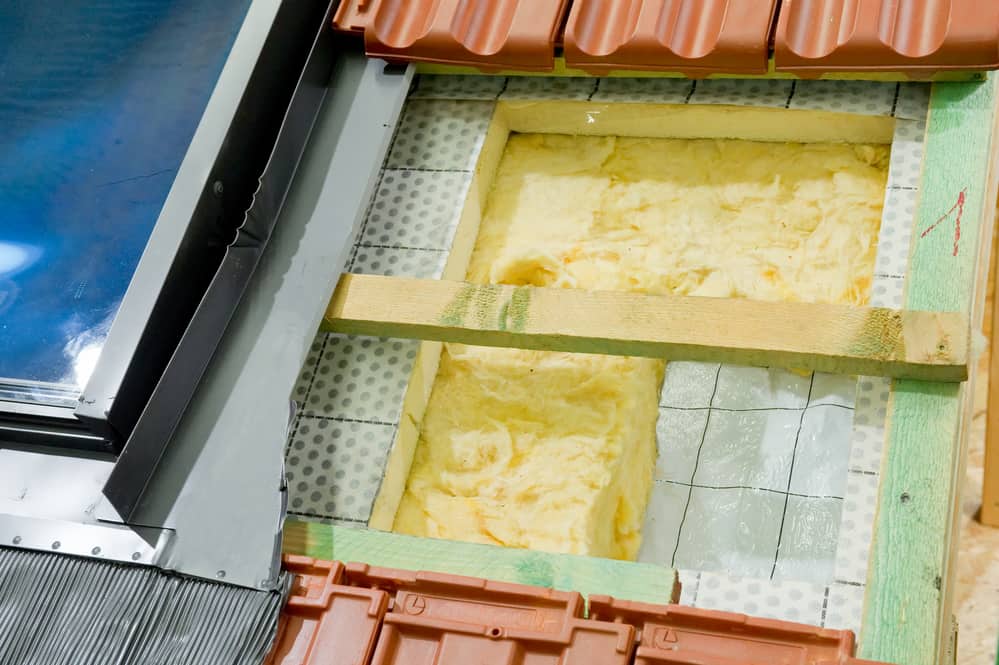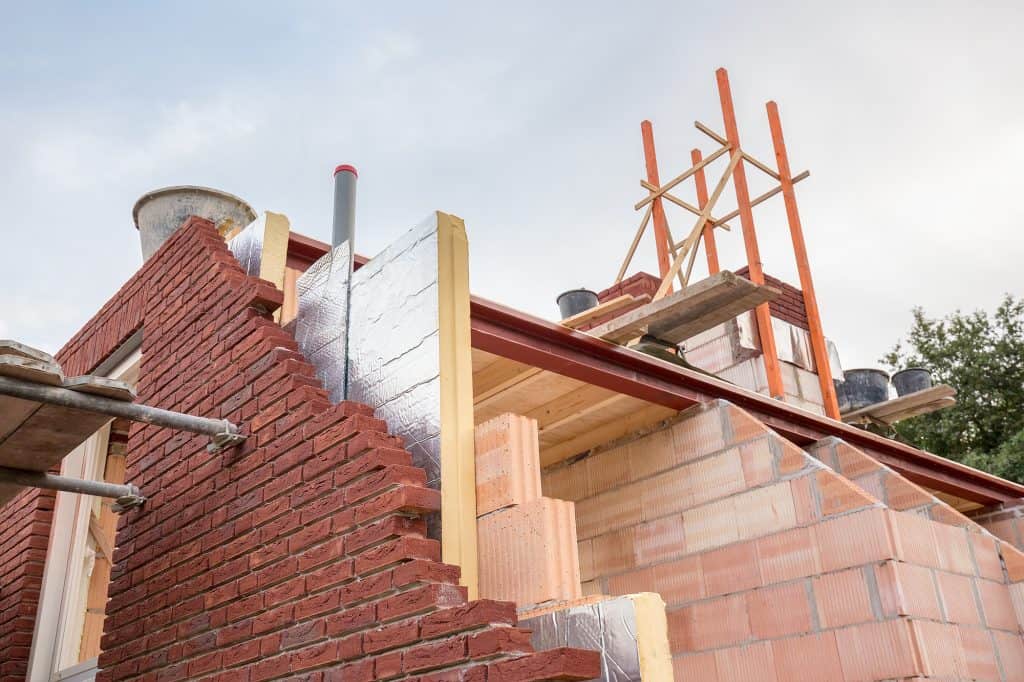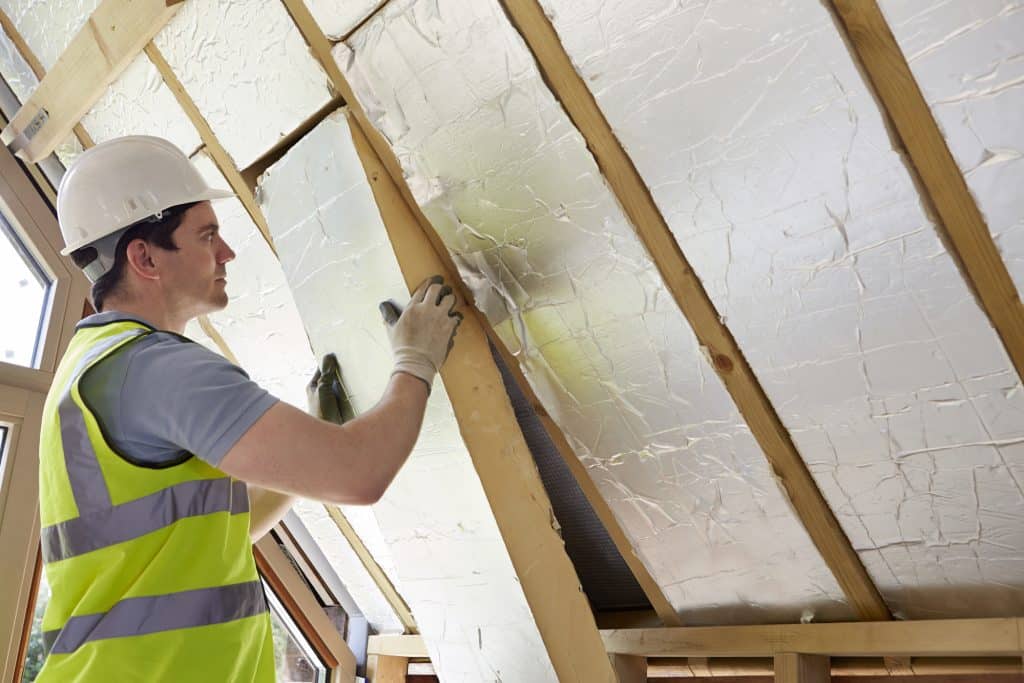- GreenMatch
- Blog
- Insulation Board: Best Types
Insulation Board: Best Types for Walls, Roofs and Floor Insulation
There are many types of insulation boards available in the market. It can be difficult to decide which one is the best for your specific needs. In this article, we will discuss the different types of insulation boards, their pros and cons, and how to install them. We will also provide information on how to choose the right insulation board for your home.

Types of insulation boards
Insulation boards are a construction material used to insulate buildings. There are many different types of insulation board available on the market, each with their own advantages and disadvantages. Here’s a quick overview of some:
PIR insulation boards
These are a type of foam plastic, they are typically more expensive but offer better thermal insulation and soundproofing properties when used in rigid panel insulation. If your plan is to insulate cavity walls, external walls or generally looking for something with the best insulation properties we would recommend using PIR insulation board.
EPS insulation boards
These are made of polystyrene, are one of the most frequently used types of insulation sheet. We often utilise this material as a form protective covering for household appliances.
Tapered edge insulation board
This is another type where the edges are thinner than the sides. These are typically used in commercial applications, such as in the insulation of flat roofs.
Tongue and groove insulation board
These are a series of cut slots that allows for boards to fit tightly together without any gaps. You will normally need these for underfloor insulation, as the grooves provide good airtightness.
Shiplap insulation board
These are similar to tongue and groove edging, but with a small difference. Named after the process used to build ships long ago, today’s shiplap edged insulation boards have matching grooves that fit each board snugly against adjoining boards.
Insulation foam board
This is a popular choice for internal wall insulation, as it is easy to install and provides good thermal insulation. However, it is not as effective at noise insulation.
Rigid foam board
This is another option for internal wall insulation as well as flooring insulation. A rigid insulation board is more difficult to install than a foam board but offers better thermal insulation.
Roof insulation boards
These are designed specifically for roofs and are available in a variety of materials, including fiberglass and polystyrene. They are easy to install and provide good thermal insulation.
Thermal insulation board
This is a less common type of insulation board but can be used for a variety of applications, including underfloor insulation. It is available in a variety of materials, including fibreboard and cellulose, and can be installed either horizontally or vertically.

Advantages of using insulation boards
Cavity walls and roof insulation are both essential if you want to keep your home warm in the winter and cool in the summer, but what’s the difference? And which one should you choose for your home?
Insulation boards are a great option for cavity walls and roofs. It’s made of rigid foam, which has a very low thermal conductivity. This means it’s great at preventing heat from escaping your home, making it warmer in the winter and cooler in the summer.
Insulation board is also very lightweight, so it’s easy to install. And because it doesn’t absorb water, it won’t rot or mould like some other insulation materials can. Plus, it’s an eco-friendly option as it’s made from recycled materials.
So if you’re looking for an insulation material that’s effective, easy to install and eco-friendly, insulation board is a great choice.
Disadvantages of using insulation boards
There are a few things to keep in mind before opting for this type of insulation. First, insulation board is not as effective as other types of insulation, such as blown-in cellulose or spray foam.
Second, some can be difficult to install, and if not installed properly, it can actually create gaps in your insulation that will reduce its effectiveness.
Finally, insulation boards are also more expensive than other types of insulation. While it may have some benefits, such as being easy to handle and cut, these disadvantages should be considered before using insulation board in your home.
How should you choose which insulation boards to buy?
When shopping for insulation boards, it’s important to make sure you’re getting the right type and the right amount of coverage. Make sure you consider factors like R-value, thickness, size, and fire rating when making your selection
It’s also wise to shop around and compare prices so that you get the best deal possible. Be sure to check reviews from previous customers as well, as these can give you a better idea of what kind of product quality and customer service you can expect
Overall, selecting the right insulation boards is an important decision when looking to improve the energy efficiency of your home with extra insulation. With so many options out there, it’s important to do your research in order to find the best option for your needs.
How to install insulation board
Installing insulation boards is a great way to improve the thermal efficiency of your home and reduce your energy bills. There are a variety of different types of insulation board available on the market, so it’s important to choose the right product for your needs.
Cavity wall insulation is popular choice for many homeowners, as it can help to reduce heat loss through walls by up to 45%.
Conservatory roof insulation is another popular option, as it can help to keep your conservatory cool in summer and warm in winter.
Loft insulation is also an effective way to improve the thermal efficiency of your home, as it helps to prevent heat from escaping through the roof. It has been shown that adding a loft board and insulation panels can reduce heat loss by as much as 60%.
Underfloor insulation is a great way to keep your home warm and reduce energy bills. It can help both in the main flooring of your home as well to keep a conservatory or extension warm.
Installing insulation boards is a relatively straightforward process, and can be done in the following steps:
- Prepare the area where you will be installing the boards. This includes removing any obstructions, such as furniture or other objects, and ensuring that the surface is even and clean.
- Measure and cut the insulation boards to fit the space that you are covering. Make sure that it fits snugly and securely.
- Secure your insulation boards in place with adhesive or screws. Make sure that all connections are secure before moving on to the next step .
- Install a vapour barrier if necessary. This is particularly important for internal cavity wall insulation, as it helps to prevent moisture from entering your home through gaps in the insulation board.
- Cover up any exposed edges with tape or sealant in order to ensure.

FAQs about insulation board
If you’re considering using insulation boards in your home, you might have some questions about it. Here are a few of the most frequently asked questions about insulation board, and their answers:
What are insulation boards?
Insulation boards are a type of insulation that comes in large panels. It’s typically made from fiberglass or foam, and it’s used to insulate walls, floors, and ceilings.
How does insulation board work?
Insulation board works by creating a barrier between the inside of your home and the outside world. This barrier helps to keep heat in during the winter and cool air in during the summer. It also helps to reduce noise pollution and prevent pests from entering your home.
Is insulation board safe?
Yes, insulation boards are safe to use in your home. However, it’s important to follow the manufacturer’s instructions when installing it. Additionally, if you have young children or pets, you’ll want to make sure that they can’t access the insulation board, as it can be a choking hazard.
How much does insulation board cost?
The cost of insulation board varies depending on the type and size of the panels. However, it’s generally more affordable than other types of insulation, such as spray foam.
Where can I buy insulation boards?
You can purchase insulation boards from most hardware stores or home improvement stores. You can also order it online from many different retailers.
Final thoughts
If you’re looking for a way to increase the thermal efficiency of your home and reduce your energy bills, then insulation boards might be the answer. There are a variety of different types of insulation board available on the market, so it’s important to choose the right product for your needs. We’ve provided some information about insulation boards in this article, but if you have any more questions, we recommend checking out our recommended suppliers for insulation boards. They can provide you with the perfect product for your home or business.
We strive to connect our customers with the right product and supplier. Would you like to be part of GreenMatch?

